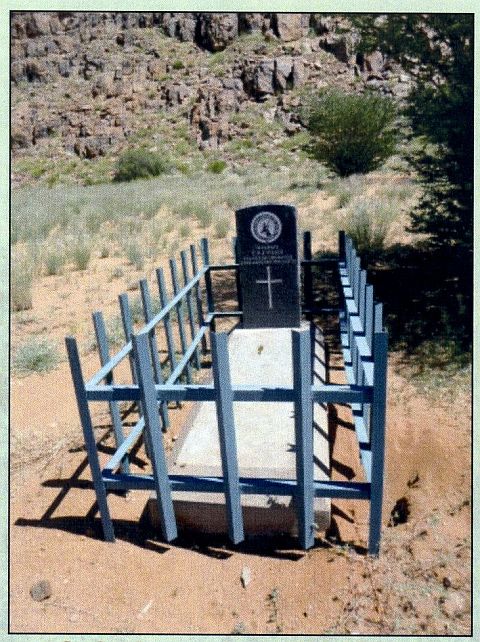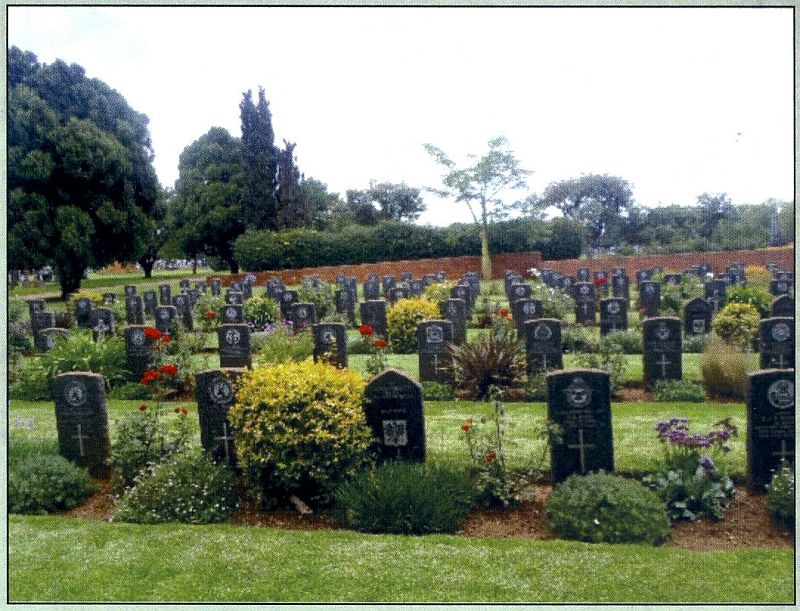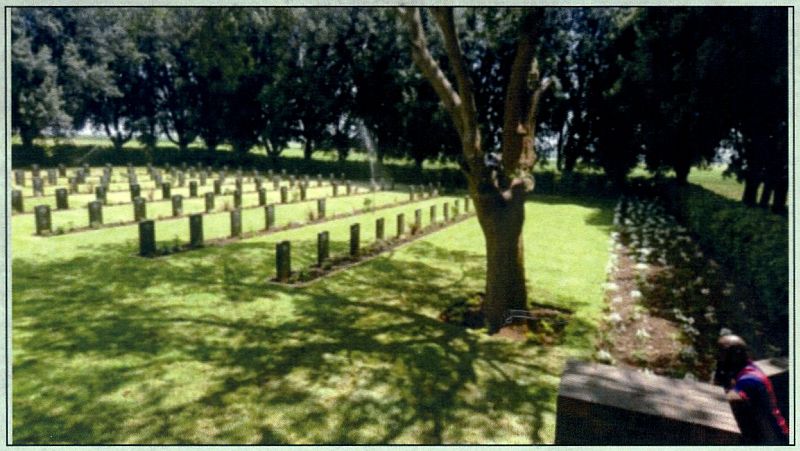

 The South African
The South African
The Imperial War Graves Commission was established by the signing of the Royal Charter on 21 May 1917. (By means of a supplementary Royal Charter, dated 8 June 1964, the name was changed to the Commonwealth War Graves Commission). South Africa was a founder member of the Commission. The duties of the Commission were to mark and maintain the graves of members of the armed forces of the Commonwealth who died in the two World Wars, to build memorials to those that have no known grave, and to keep records and registers.
The work of the commission is guided by the following principles:
Each of the dead should be commemorated individually by name either on the headstone on the grave or by an inscription on a memorial;
the headstone and memorial should be permanent;
headstones should be uniform;
and there should be no discrimination made according to military or civilian rank, race or creed.
Last year, 21 May 2017 marked a century of caring for Commonwealth war graves from both the First and Second World Wars, as stated in the Royal Charter. Today, the Commonwealth War Graves Commission is responsible for caring for the graves and memorials of 1,7 million casualties in 153 countries and has more than 23 000 staff members. More than 800 000 war dead are buried in more than 24 000 burial grounds, while more than 700 000 are commemorated on memorials.
A total of 21 811 South Africans of all races are commemorated by the Commission. This represents 9 903 from the First World War (of which 6 706 are in identified graves and 3 197 are commemorated on memorials) and 11 908 from the Second World War (10 020 named graves and 1 888 commemorated on memorials).
In the Dar es Salaam War Cemetery in Tanzania, there are 612 identified and three unidentified South African Commonwealth war casualties from the First World War and sixteen from the Second World War, while 486 identified and nine unidentified South African Commonwealth war casualties from the Second World War are buried in the EI Alamein War Cemetery in Egypt.
With regard to memorials, 833 South African Commonwealth war casualties from the First World War are commemorated on the Thiepval Memorial in France while 1 229 South African Commonwealth war casualties from the Second World War are commemorated on the EI Alamein Memorial in Egypt.
The South African Agency, CWGC, established in 1922, is responsible for the Commonwealth war graves and memorials in South Africa, Namibia, Lesotho, Swaziland, St Helena Island and Ascension Island. This comprises 8 328 identified Commonwealth burials and 495 Commonwealth casualties on memorials. In addition, the Agency is responsible for the graves of 136 foreign nationals and 22 947 Non-Commonwealth burials (British graves from the South African War 1899 - 1902) in 1 119 burial sites.

A single grave next to the road.
The burial sites in South Africa range from war cemeteries, to military plots and single graves in local authorities' cemeteries, to single graves alo ilway line or a dirt road or a famiiy farm.
The war cemeteries include the Palmiietkuil South War Cemetery and Memorial near Springs, Potchefstroom Military Cemetery near Potchefstroom, Hamilton War Cemetery in Bloemfontein and the Dido Valley Naval Cemetery in Simon's Town.
Military plots are found in the Maitland Cemetery in Cape Town, West Park Cemetery in Johannesburg, Stellawood Cemetery in Durban, Plumstead Cemetery, in Cape Town and the Thaba Tshwane New Cemetery in Tshwane.

West Park Plot
The Palmietkuil South War Cemetery and Memorial contains the graves of 215 members of the Native Military Corps and two members of the Essential Services Protection Force. One hundred and twenty-two casualties are commemorated on the memorial in the cemetery, 103 from the Native Military Corps, seven each from the Cape Corps and the Indian and Malay Corps, four from the Essential Services Protection Force and one from the Royal Army Ordnance Corps.

Palmietkuil South War Cemetery.
Return to Journal Index OR Society's Home page
South African Military History Society / scribe@samilitaryhistory.org